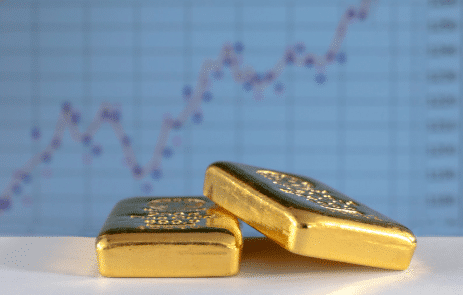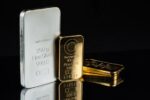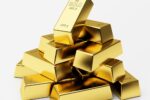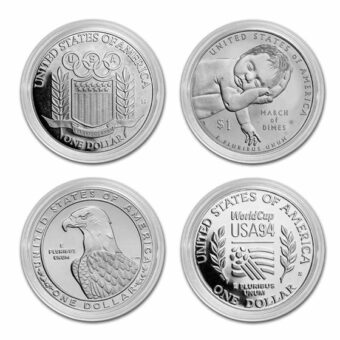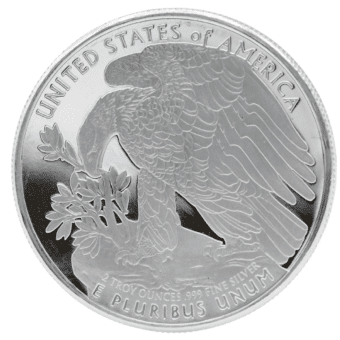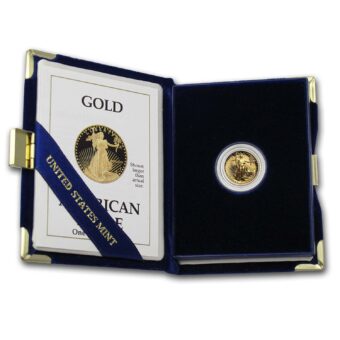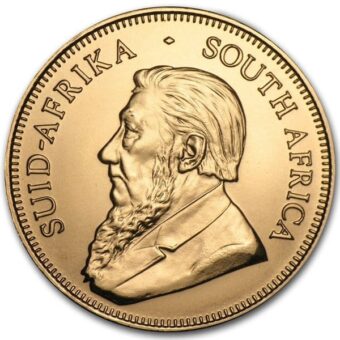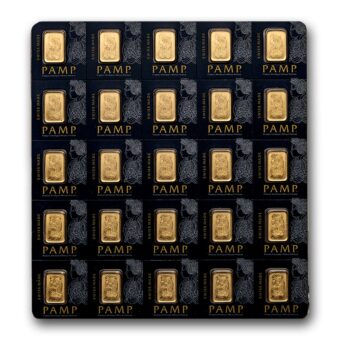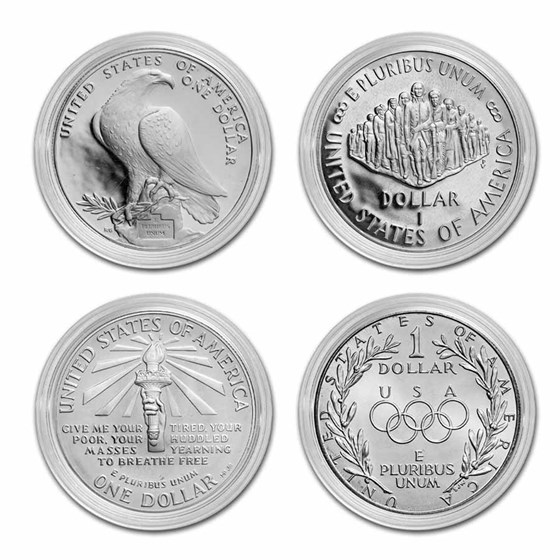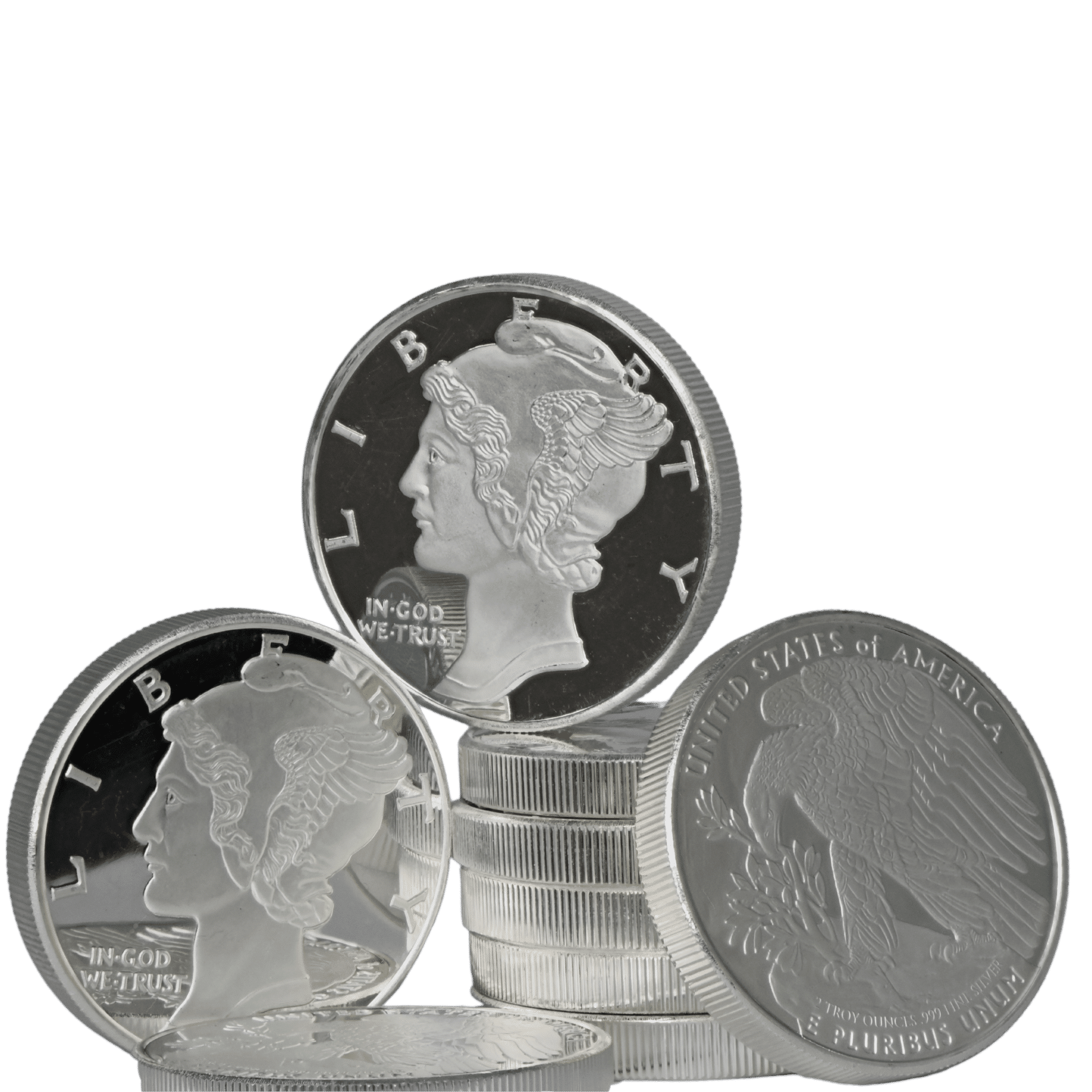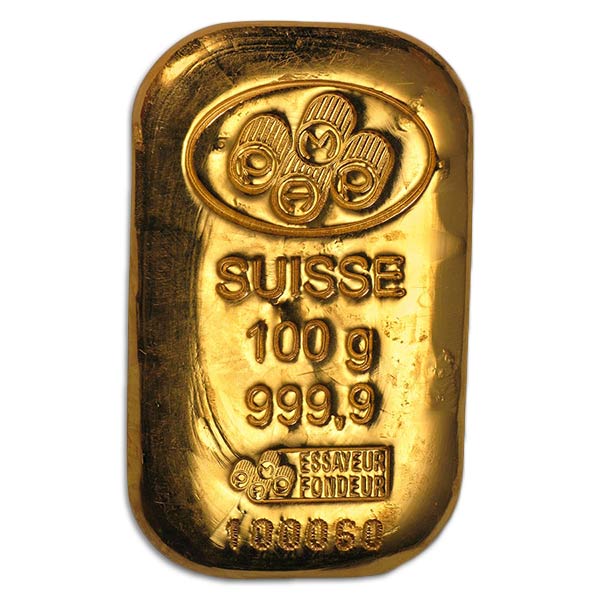Weekly Market Recap: Key Gold & Silver Movements
Tracking the week’s price action helps illustrate how different economic forces impact gold and silver. Here’s how the metals performed each day:
- Monday (1.13.25): Gold prices dipped slightly to $2,684.39 per ounce, as a stronger U.S. dollar weighed on the market. A robust U.S. jobs report suggested the Federal Reserve may hold rates steady for now, putting temporary pressure on gold. Silver followed suit, falling 0.6% to $29.80 per ounce.
- Tuesday (1.14.25): Gold rebounded to $2,674.26 per ounce, driven by caution surrounding President-elect Donald Trump’s policy plans. Markets awaited key U.S. inflation data, while silver climbed to $30.57 per ounce, reflecting increased market anticipation.
- Wednesday (1.15.25): Gold edged down to $2,675.72 per ounce as traders awaited U.S. inflation reports. Despite near-term caution, underlying support for gold remained strong, with silver holding steady at $30.51 per ounce.
- Thursday (1.16.25): Gold prices reached $2,693.93 per ounce, supported by lower-than-expected core inflation data. Silver remained stable at $30.66 per ounce, with market participants monitoring potential Federal Reserve policy shifts.
- Friday (1.17.25): Gold and silver saw slight pullbacks due to profit-taking, following a week of gains. Broader stock market rallies, including record highs in the UK and Germany, added to the mixed market sentiment.
While daily fluctuations are normal, the overall trend suggests gold remains resilient in a changing economic landscape.
Why Gold & Silver Are Holding Steady Amid Inflation Data
The recent U.S. Producer Price Index (PPI) and Consumer Price Index (CPI) reports provided fresh insights into inflation trends.
- PPI Data: The U.S. PPI rose 3.3% year-over-year in December, slightly below the expected 3.4% increase. This suggests inflationary pressures at the production level may be easing.
- CPI Data: The Consumer Price Index showed a 2.9% annual increase, its highest level since July 2024. While inflation remains above the Federal Reserve’s 2% target, markets viewed this report as a sign that inflation could be gradually stabilizing.
The market reaction to this data was notable. Gold prices remained above $2,690 per ounce, while U.S. gold futures climbed 0.2% to $2,723.70. Many interpreted the inflation data as a signal that the Federal Reserve may begin cutting interest rates later this year, potentially boosting gold’s appeal as a store of value.
How the Federal Reserve’s Outlook Impacts Precious Metals
Federal Reserve Governor Christopher Waller recently suggested that the Fed may introduce multiple interest rate cuts in 2025. His remarks indicate:
- The first rate cut could arrive in mid-2025, depending on inflation trends.
- Additional cuts are possible if economic conditions warrant more accommodative monetary policy.
- Market expectations are shifting, with traders now pricing in a 50% probability of a May 2025 rate cut.
Why This Matters for Gold and Silver
Lower interest rates typically support gold prices by reducing the opportunity cost of holding non-yielding assets. If the Fed follows through with multiple rate cuts, gold could see further price appreciation.
Silver, meanwhile, remains influenced by both monetary policy and industrial demand trends. As a key component in green energy technologies, silver may experience strong demand growth, but analysts caution that supply constraints and macroeconomic conditions will play a crucial role in determining price movements.
Silver in 2025: Will It Outshine Gold?
Analysts at CRU Group believe silver could outperform gold in 2025, citing two main factors:
- Monetary Demand: With interest rate cuts expected, many may turn to silver alongside gold as an inflation hedge.
- Industrial Usage: Silver’s role in solar panels, electric vehicles, and electronics is expected to drive demand, but some experts warn that technological improvements in efficiency could limit long-term silver consumption growth.
Silver’s projected average price for 2025 is $31.35 per ounce, a notable increase from previous years. However, some industry analysts remain cautious, noting that weaker demand from China could weigh on silver’s overall performance relative to gold.
Bitcoin vs. Gold: Competing Safe-Haven Assets
Bitcoin surged past $100,000 in 2024, benefiting from increased institutional adoption, ETF approvals, and strong retail demand. However, some analysts are questioning whether Bitcoin’s rally can continue in 2025.
Bloomberg Intelligence’s Mike McGlone believes Bitcoin’s record-setting growth phase may be cooling, while gold remains undervalued in comparison.
- Stock Market Risks: If equities correct in 2025, some may rotate back into gold for stability.
- Central Bank Buying: Gold purchases by global central banks remain strong, with China and India increasing their reserves.
- Institutional Adoption of Gold ETFs: After several years of net outflows, gold-backed ETFs saw renewed interest in late 2024.
While Bitcoin and gold both serve as alternative assets, gold has historically demonstrated long-term stability and resilience, making it a cornerstone for wealth preservation.
Key Economic Events to Watch Next Week
While the start of the week will be relatively quiet, several upcoming economic reports could impact gold and silver prices:
- Monday, January 20: No major reports scheduled due to the Martin Luther King Jr. holiday. Markets may experience lower trading volumes, with gold and silver prices influenced primarily by broader macroeconomic trends and geopolitical developments.
- Tuesday, January 21: No significant economic releases are expected. Precious metals may see movement based on positioning ahead of key reports later in the week.
- Wednesday, January 22: U.S. Leading Economic Indicators – This report provides a broad measure of future economic conditions by analyzing various economic data points. A weaker reading could signal economic slowing, increasing demand for gold and silver as safe-haven assets. Conversely, a stronger report may support riskier investments, potentially limiting gold’s upside.
- Thursday, January 23: Initial Jobless Claims – A key labor market indicator tracking new unemployment claims. Higher-than-expected claims could indicate economic distress, reinforcing gold’s role as a hedge. Lower claims suggest labor market resilience, which may weigh on precious metals.
- Friday, January 24: Consumer Sentiment & PMI Reports – Consumer confidence and purchasing managers’ indexes (PMIs) provide insights into economic activity. Strong sentiment and expansion in the service and manufacturing sectors could limit safe-haven demand for gold. However, weaker readings could drive market participants toward gold and silver as protective assets.
Each of these reports will offer key insights into the broader economic outlook, helping market participants gauge potential shifts in precious metals.
Final Takeaways: What to Consider
As 2025 unfolds, gold and silver remain essential assets in an evolving economic climate. With inflation moderating but still elevated, central banks adjusting monetary policy, and industrial demand trends evolving, precious metals continue to play an important role in financial security.
🔹 Call us today at 844-459-0042 to learn more about securing physical gold and silver.
🔹 Visit brightongold.com for expert insights and product offerings.
Nathaniel Cross
Precious Metals Columnist
Brighton Enterprises

